Socioeconomic Value (Project Assessment and Final Decision)
Photo Credit: Image by Freepik
On this page: The broader value of the project to the environment, community, and to sectoral and national development, based on SDG indicators. Read more below, or visit Strategic Guidance for Country System Assessments, Guidance for Countries in Assessing ERC Projects, or Mobilizing ERC Finance.
S2: Socioeconomic value: This criterion assesses the broader value of the project to the environment, community, and to sectoral and national development, based on SDG indicators that are: (1) most relevant for demonstrating value to the wider economy; and (2) easiest to quantify for ERC projects. While certain carbon standards might require projects to monitor and verify their SDG contributions, which can be used as a reference, this assessment requires a further analysis to map SDG contributions that would be most relevant to governments for assessing a project’s wider contributions to the economy. This is also withstanding that projects could be contributing to SDGs that are not yet indicated at the stage of assessment. The following sources and analyses can serve as a guide for the assessment: The guidepost for the ‘Overall socioeconomic value’ subcomponent is based on both the number of SDG contributions, and whether the SDG contributions will be monitored and certified should be considered, as the latter suggests a higher quality of indicators given the assurance that they will be carried out throughout the project’s verification cycles. Figure 4.20. Guideposts for rating socioeconomic value Overall socioeconomic value Project has 3 or more SDG contributions that will be monitored and certified. Project has 3 SDG contributions. Project has 0 or 1 SDG contribution that relate to its wider economy value. Socioeconomic value relative to similar projects Project contributes to 100% of the possible SDG contributions specifically for its project type. Project contributes to at least 50% of the possible SDG contributions specifically for its project type. Project contributes to less than 25% of the possible SDG contributions specifically for its project type. Figure 4.21. Indicators for project’s SDG contributions Increased productivity Crop yield in kilograms per hectare and year as a result of the project's intervention. Yield per livestock unit and year as a result of the project. Increase in yield Agriculture Air quality improvement Number of farmers reduced/avoided open burning of biomass, crop residue.
Positive number Forestry Agriculture Capacity building Number of employees provided with skill development training. Positive number All Gender Proportion of women in managerial positions in project. Proportion more than men All Access to basic services Proportion of population using safely managed drinking water services (access to improved source of water). Increase in proportion Water filters Access to basic services Proportion of wastewater safely treated. Increase in proportion Wastewater treatment Energy generation, efficiency & access Total renewable energy produced by project. Number of beneficiaries of electricity powered by renewable energy: households & individuals. Proportion of population with increased access to electricity. Positive number Access to basic services Proportion of population with primary reliance on clean fuels and technology, attributed by project. Increase in proportion Cookstoves Employment Total number of jobs generated from project activity. Value paid towards local employment. Positive number All Infrastructure development Total official international inflows for infrastructure development support. Positive number All Access to basic services Average household savings due to adoption of project technology. Positive number Household projects Waste management Proportion of urban solid waste regularly collected and managed out of total urban solid waste generated as a result of project. Increase in proportion Waste disposal Sustainable forest management Reduction in synthetic fertilizer or pesticides consumption on land area under project. Positive number IFM REDD Agriculture Sustainable forest management Coverage of protected areas in relation to marine areas. Positive number REDD Sustainable forest management Increased total above and below ground biomass stock in forest. Total area of native trees planted. Number of protected threatened species in the project area and conservation status of species. Positive number IFM REDD ARR These indicators provide examples of how SDGs can be quantified, taking reference from Gold Standard’s SDG Impact Tool1, and may not be exhaustive. The list of indicators can evolve and be added to, based on relevancy to the project activity and its contributions to the overall objective of the SDG. The threshold for each SDG indicator represents the minimum quantum or change in quantum to ascertain if a given project's SDG contribution can be counted. See Figure 4.21. Footnote 1: Gold Standard SDG Impact Tool
Rationale for rating
Rating
SDG
Impact area
Example indicators
Threshold
Relevant for project type
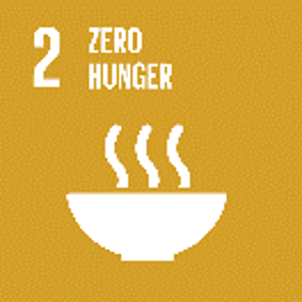

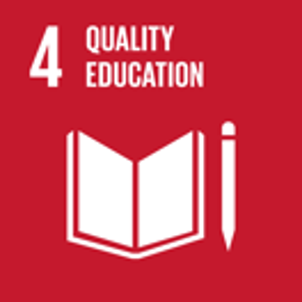



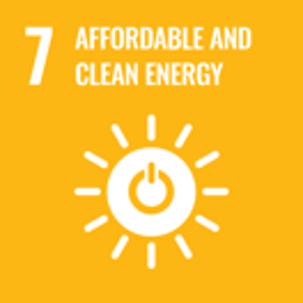




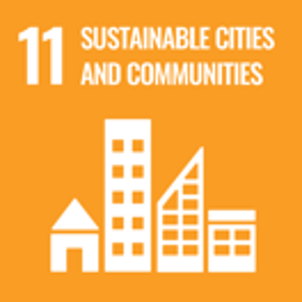
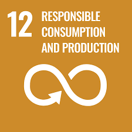


This section is intended to be a living document and will be reviewed at regular intervals. The Guidelines have not been prepared with any specific transaction in mind and are meant to serve only as general guidance. It is therefore critical that the Guidelines be reviewed and adapted for specific transactions. Unless expressly stated otherwise, the findings, interpretations, and conclusions expressed in the Materials in this Site are those of the various authors of the Materials and are not necessarily those of The World Bank Group, its member institutions, or their respective Boards of Executive Directors or member countries. For feedback on the content of this section of the website or suggestions for links or materials that could be included, please contact the PPPLRC at ppp@worldbank.org.
Updated: June 4, 2024
TABLE OF CONTENTS
UNLOCKING GLOBAL EMISSION REDUCTION CREDIT
Guidance for Countries in Assessing ERC Projects
1. Introduction to Emission Reduction Credits
• The World Bank's Emission Reduction Program
•Classification of Emissions Reduction Credit
• Policy Context of Emissions Reduction Credit
2. Objective of the Guidance for Countries in Assessing ERC Projects
• Objective of Project Preparation Guidelines
• Introduction to the Project Assessment Framework
• Process to Conducting Assessments
• S1: Green Economy Priorities
• S3: Article 6 Readiness and Eligibility
4. Conducting the Initial Profiling and Making a Preliminary Decision
• F2: Additional Value Enabled by Project
• C1, C2, and C3: Carbon Integrity and Environmental and Social Risk Management
5. Conducting the Project Assessment and Making the Final Decision
• F1: Project ERC value and F2: Additional Value Enabled by Project
• Q2: Marketing, Sales, and Pricing
• Q3: Project Governance and Structure
• C2: Environmental Risk Management
• C3: Social Risk Management and Benefits
6. Further Guidance for Application
• Country Context-driven Factors
• Considerations for Future Scope
Abbreviations: Guidance for Countries in Assessing ERC Projects